Cisco dumps umi videoconferencing service
The networking giant ditches umi less than two years after its launch.
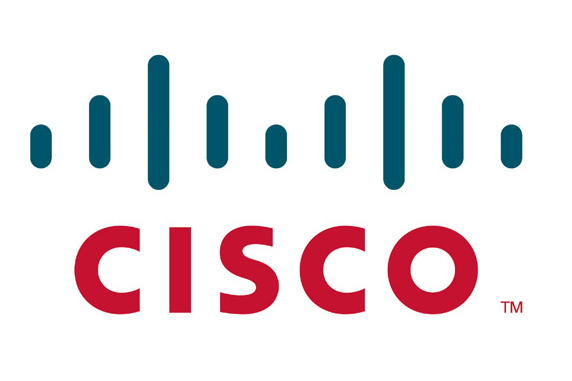

Cisco has continued its divergence away from the consumer sphere by ditching home videoconferencing service umi.
Once touted as a high-quality version of Skype, umi was officially dropped by Cisco after blogs sparked rumours of the technology's demise.
While we are ending the sale of umi, the umi service remains unchanged.
The revelation comes less than a year after Cisco decided to get rid of its Flip camera lineup, as it looks to refocus its strategy following poor financial results.
"Cisco announced in April 2011 that, as part of the review of our consumer business strategy, Cisco umi would become part of our business telepresence portfolio. Following the integration, we reviewed our Cisco umi distribution strategy, and decided to no longer sell Cisco umi hardware as a consumer offering," a Cisco spokesperson said.
"While we are ending the sale of umi, the umi service remains unchanged. Existing customers will continue to be able to use the service to make calls to other mi subscribers or to Google video chat accounts."
Cisco has been making major strategical changes over the past year, after CEO John Chambers warned staff to get ready for significant changes in light of weak financial results.
Get the ITPro daily newsletter
Sign up today and you will receive a free copy of our Future Focus 2025 report - the leading guidance on AI, cybersecurity and other IT challenges as per 700+ senior executives
Jobs have been lost as a result. When Flip was ditched, it emerged 550 staff were to be made redundant. In July, Cisco confirmed a further 15 per cent of its workforce was to go.
umi was launched in 2010 and was designed to work on home TVs, but it is unknown how much traction it managed to gain in a market dominated by Skype.
With Skype being a free software product, compared to the hardware extra required with umi, the Microsoft-owned videoconferencing app has gained millions of users.
The $599 (384) cost of the umi package may have been off-putting for customers.
Skype appeared to take a swipe at umi pricing in October 2010 via a blog post.
"Buy a $599 device and it can be subject to obsoletism at the hands of mass-market options that sell for half, then a quarter, and eventually a tenth of the price," Skype's Jonathan Christensen said.
"And, when unbeatable lower cost, high performance options are readily available, spending at the top-end can be like throwing money away, especially if you are buying a video calling system and there is no one else to call."
Despite being cheaper than umi, Skype is not completely free to use on a TV. Users still have to buy the right camera to go with compatible TVs, which together can be pricey.
Tom Brewster is currently an associate editor at Forbes and an award-winning journalist who covers cyber security, surveillance, and privacy. Starting his career at ITPro as a staff writer and working up to a senior staff writer role, Tom has been covering the tech industry for more than ten years and is considered one of the leading journalists in his specialism.
He is a proud alum of the University of Sheffield where he secured an undergraduate degree in English Literature before undertaking a certification from General Assembly in web development.
-
 Should AI PCs be part of your next hardware refresh?
Should AI PCs be part of your next hardware refresh?AI PCs are fast becoming a business staple and a surefire way to future-proof your business
By Bobby Hellard
-
 Westcon-Comstor and Vectra AI launch brace of new channel initiatives
Westcon-Comstor and Vectra AI launch brace of new channel initiativesNews Westcon-Comstor and Vectra AI have announced the launch of two new channel growth initiatives focused on the managed security service provider (MSSP) space and AWS Marketplace.
By Daniel Todd
-
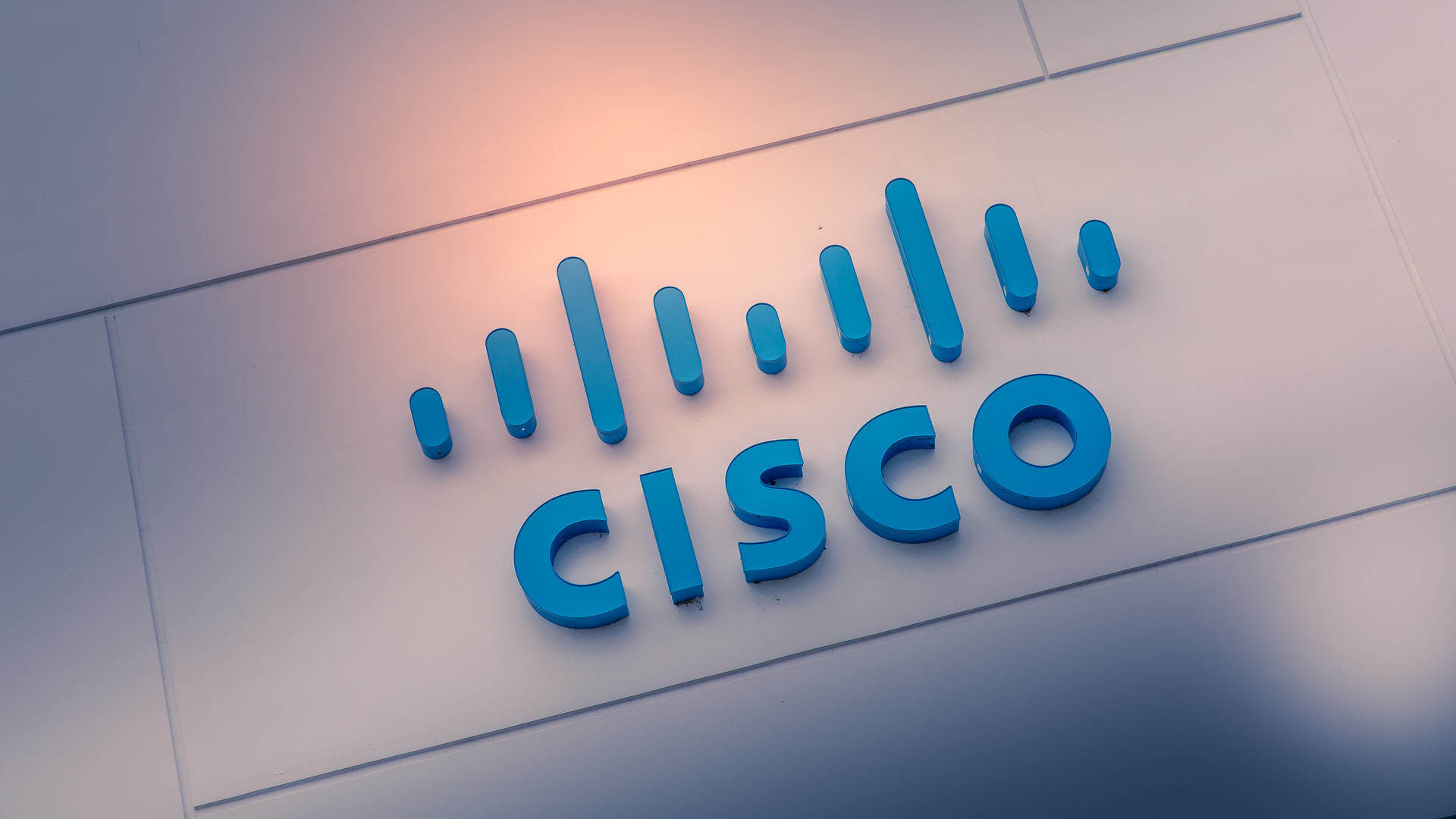 Global chip shortage hits Cisco supply chain
Global chip shortage hits Cisco supply chainNews CFO Scott Herren said that issues will last until at least the end of 2021
By Sabina Weston
-
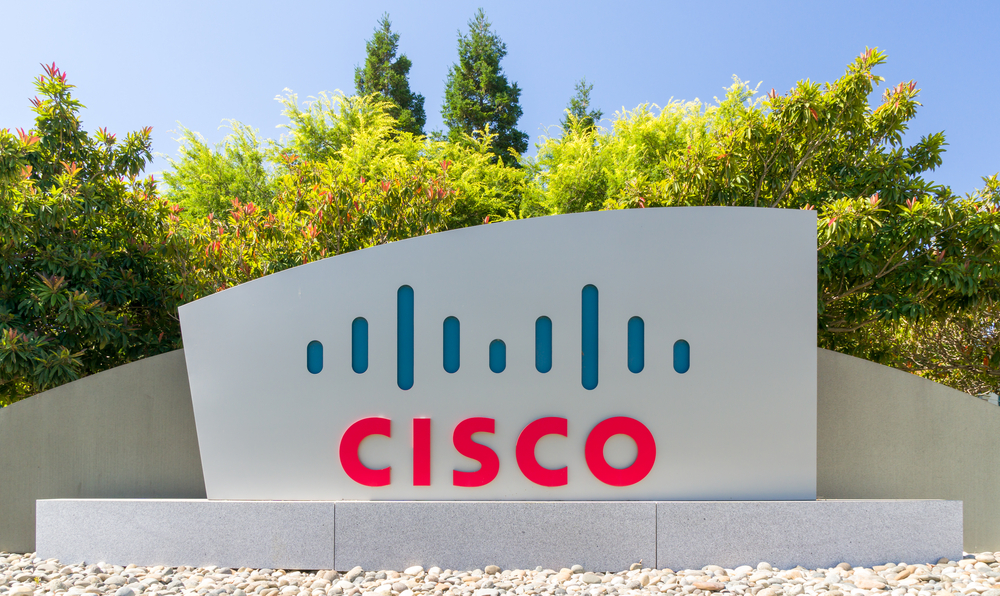 Cisco expects chip shortage to last at least another six months
Cisco expects chip shortage to last at least another six monthsNews Chuck Robbins says the situation is bound to improve over the “next 12 to 18 months”
By Sabina Weston
-
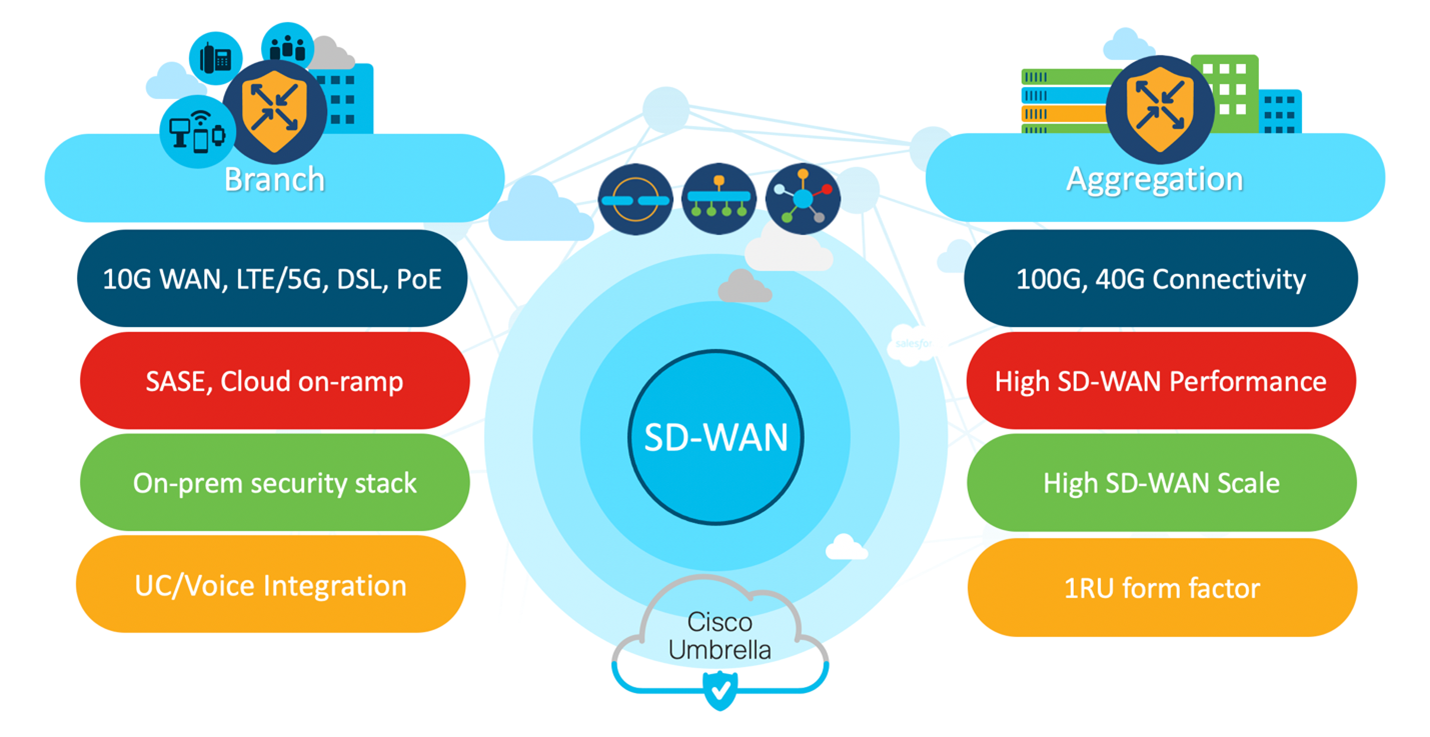 Cisco's new SD-WAN routers bring 5G and virtualization to enterprises
Cisco's new SD-WAN routers bring 5G and virtualization to enterprisesNews Aggregated service routers have been designed with large enterprises and cloud service providers in mind
By Danny Bradbury
-
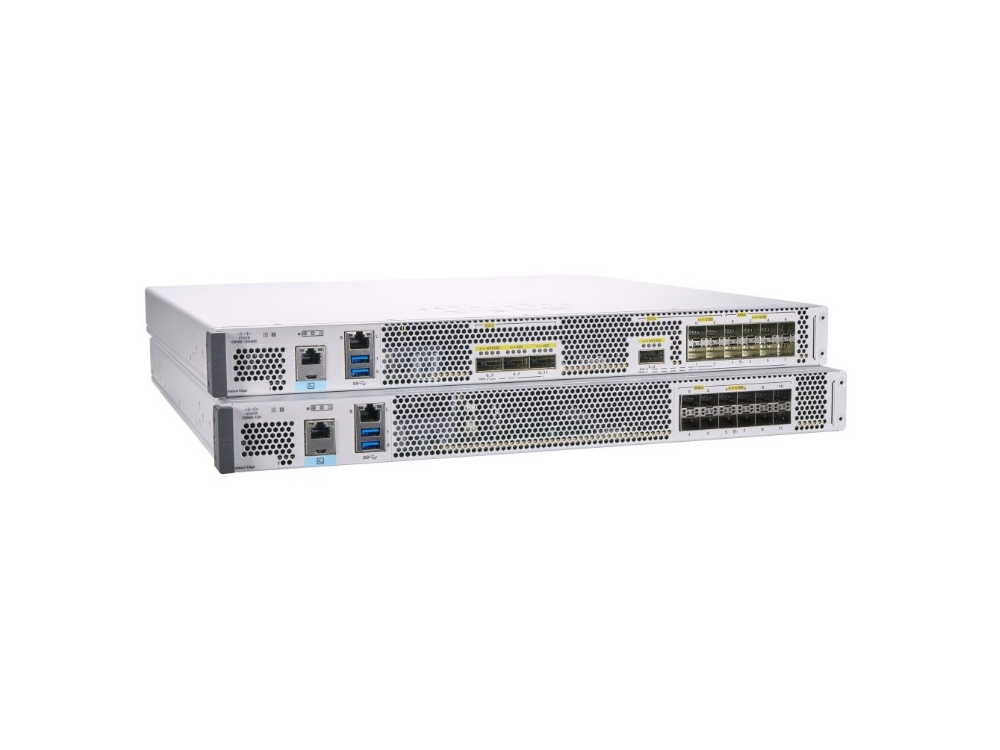 Cisco introduces new Catalyst 8000 Series Edge platforms
Cisco introduces new Catalyst 8000 Series Edge platformsNews New platforms offer secure connectivity and greater visibility into applications across cloud, data center and edge networks
By Praharsha Anand
-
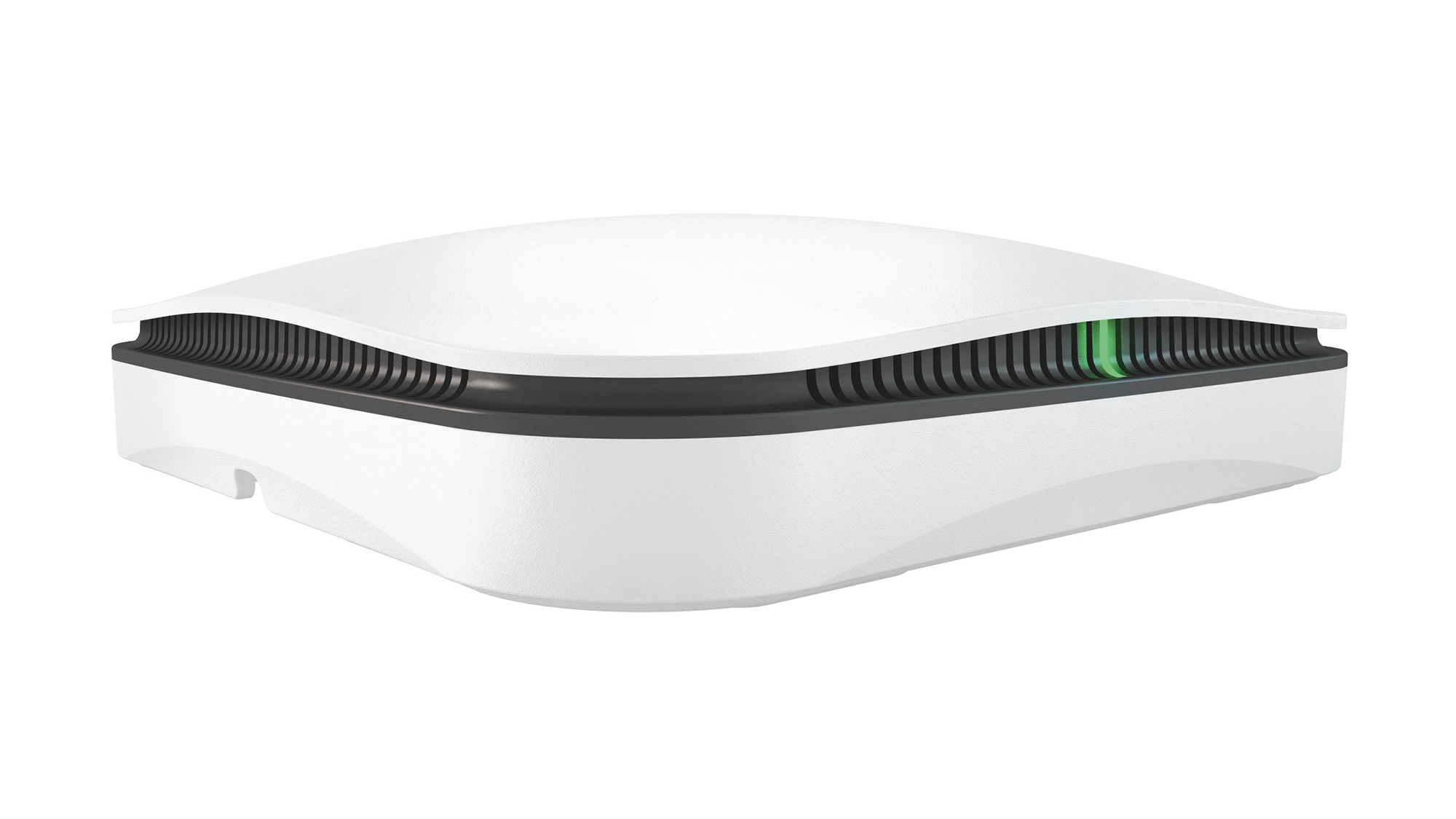
 Cape Networks Wireless Sensor
Cape Networks Wireless SensorReviews Cape Networks is the perfect wireless monitoring solution for SMBs as it’s highly informative and very affordable
By Dave Mitchell
-
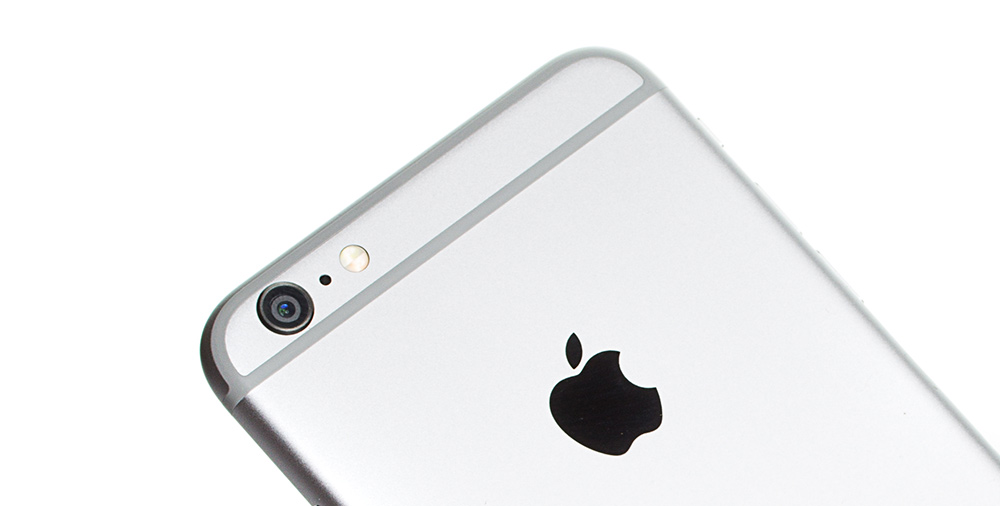 Why Apple wants iOS in Cisco's "fast lane"
Why Apple wants iOS in Cisco's "fast lane"News Cisco and Apple are teaming up to help get more iOS devices into the enterprise
By Nicole Kobie
-
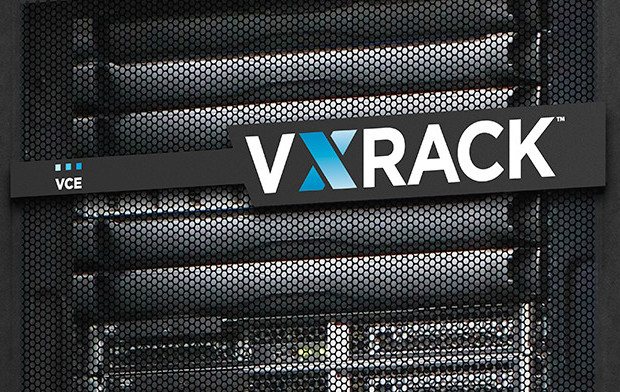 EMC World 2015: VCE unveils VxRack for mobile and cloud apps
EMC World 2015: VCE unveils VxRack for mobile and cloud appsNews "Hyper-converged" system can scale out to thousands of racks
By Rene Millman
-
 Cisco backtracks on cloud-based router strategy
Cisco backtracks on cloud-based router strategyNews Networking giant responds to customer privacy complaints about home router setup.
By Rene Millman